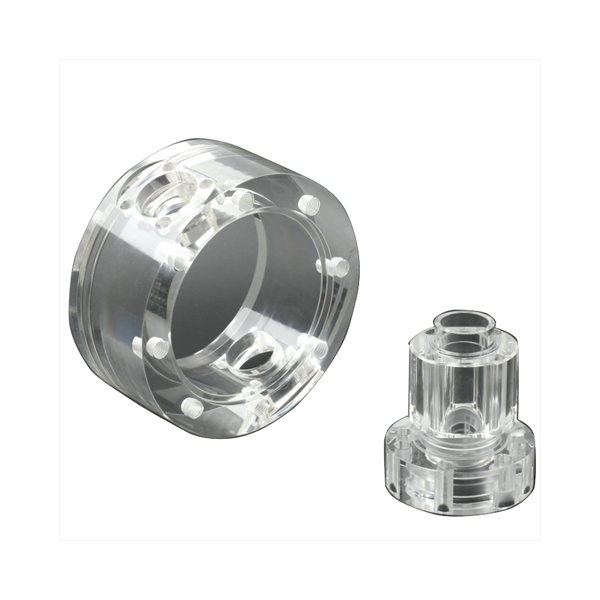GD Prototyping

Metal Surface Polishing
-
Supported Materials: Stainless steel, aluminum, brass, copper, titanium, alloys
-
Surface Finish Options: Matte, brushed, satin, mirror polish
-
Polishing Tolerance: ±0.02 mm (material-dependent)
-
Surface Roughness (Ra): As low as 0.05 µm
-
Batch Capability: Single prototypes, small batches, or mass production
-
Post-Treatments: Anodizing, electroplating, passivation available
- Description
- Specification
- Application
- FAQS
Surface finishing includes various industrial techniques that improve the surface of materials. These processes aim to enhance both function and appearance. One of the most widely applied methods is Metal Surface Polishing, used when precision and surface quality are critical.
This process removes irregularities from metal surfaces to create a smooth, uniform finish. Depending on the material and application, it may involve mechanical abrasion, chemical action, or electrochemical treatment. Polishing prepares components for further processing and improves overall surface performance.
Polished surfaces offer several important benefits. They resist corrosion and chemical attack, which helps extend the product's lifespan. They also improve wear resistance, especially in moving parts. In many cases, polishing enhances surface hardness, making the component more robust under mechanical stress.
Controlling friction is another key advantage. Polished surfaces allow more stable and predictable movement between contacting parts. Polishing also improves adhesion and wettability, which is essential before painting, coating, or bonding. In electronics, it can boost solderability and help maintain consistent electrical conductivity.
By eliminating burrs, scratches, and pits, polishing also improves appearance. More importantly, it reduces stress concentrations and lowers the risk of fatigue failure. This makes components safer and more reliable over time. Common methods include abrasive polishing, buffing, and electropolishing. Each offers unique benefits and suits different needs.
| Parameter | Value / Description |
|---|---|
| Material Types | Stainless steel, aluminum, brass, copper, titanium, and other metals |
| Polishing Methods | Manual polishing, mechanical polishing, vibratory polishing, electro-polishing |
| Finish Types | Mirror finish, satin, matte, brushed, or custom finishes depending on the polishing method |
| Polishing Abrasives | Sandpaper, polishing compounds (diamond, aluminum oxide), buffing pads |
-
Automotive: Trim parts, exhaust components, wheels, and decorative fittings
-
Aerospace: Engine components, turbine blades, structural parts
-
Medical: Surgical instruments, implants, and equipment casings
-
Consumer Electronics: Casings, connectors, and decorative parts
-
Industrial Machinery: Shafts, gears, housings, and fixtures
-
Architectural: Handrails, panels, and decorative metalwork
Q1: What metals can be polished?
We polish stainless steel, aluminum, brass, copper, titanium, and more.
Q2: What surface finishes are available?
Options include matte, brushed, satin, and mirror finishes.
Q3: Is polishing only for aesthetics?
No, it also improves corrosion resistance and wear performance.
Q4: Can you polish complex shapes?
Yes, our advanced equipment handles intricate geometries.
Q5: Do you provide prototype and mass-production polishing?
Yes, we support one-off projects as well as large-volume runs.









